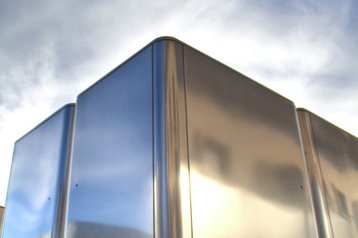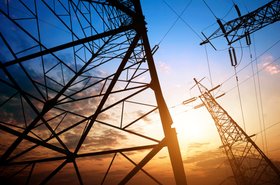Fuel cell provider Bloom Energy has given its Energy Servers the ability to follow loads, so they can adjust to variable demand and supply in microgrids and utilities.
The 'Be Flexible' offering works on "either side of the meter", i.e. it can be used by data center providers and others on microgrids, and also by the utility, who may use fuel cells to fill gaps in generation by other sources.
Bloom claims to have more than 1GW of its solid oxide fuel cell (SOFC) power systems in use, which Bloom says are suitable for applications including AI data centers, and Bloom's systems are used at AWS and Equinix among others
SOFC systems operate at a high temperature, which gives them a slower startup time than less efficient lower-temperature PEMFC cells, but they still start up faster than alternative fuel-burning systems such as gas turbines and diesels and operate more efficiently than turbines when running at partial loads.
Given this, they can be used as "dispatchable" power.
They can be run using hydrogen but currently are more often fueled with natural gas (methane).
In Oregon, AWS aims to use methane-powered Bloom fuel cells as a primary source, a decision which Bloom has defended as less carbon intensive than fossil grid power - describing methane fuel cells as an "interim" solution towards net zero.
“We continue to innovate and solve the unique challenges created by the energy transition and the AI revolution,” said KR Sridhar, Founder, Chairman, and CEO of Bloom Energy. “The Be Flexible offering provides a solution to customers that is technically, economically, and environmentally superior to legacy alternatives such as diesel generators and gas turbines."
“The rapid response time of ‘Be Flexible,’ due to its solid state architecture, is immensely important when we consider the intense energy fluctuating demands like those from AI data centers, which we are increasingly dependent on,” said Bloom advisor Peter Gross. “Data center power demands can nowadays easily jump from 50 percent to 100 percent in a matter of seconds. A power source that can’t deliver in such a short time will trip the entire site’s power, causing costly disruptions.”
Bloom has produced a whitepaper on load following.







